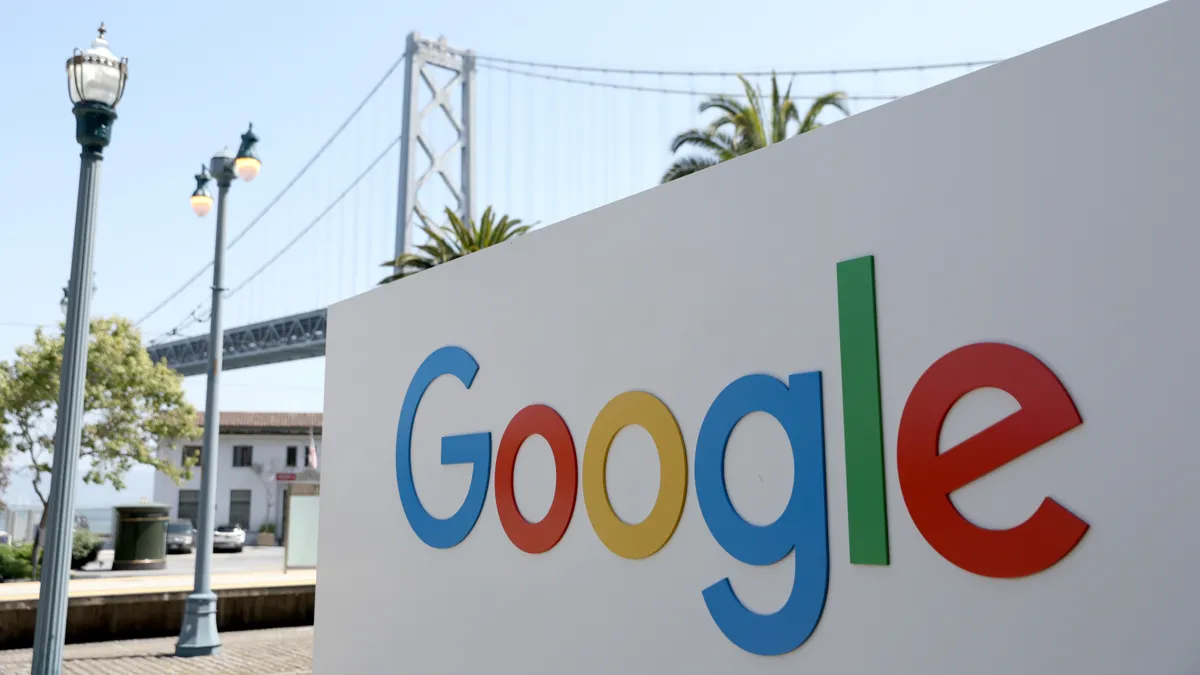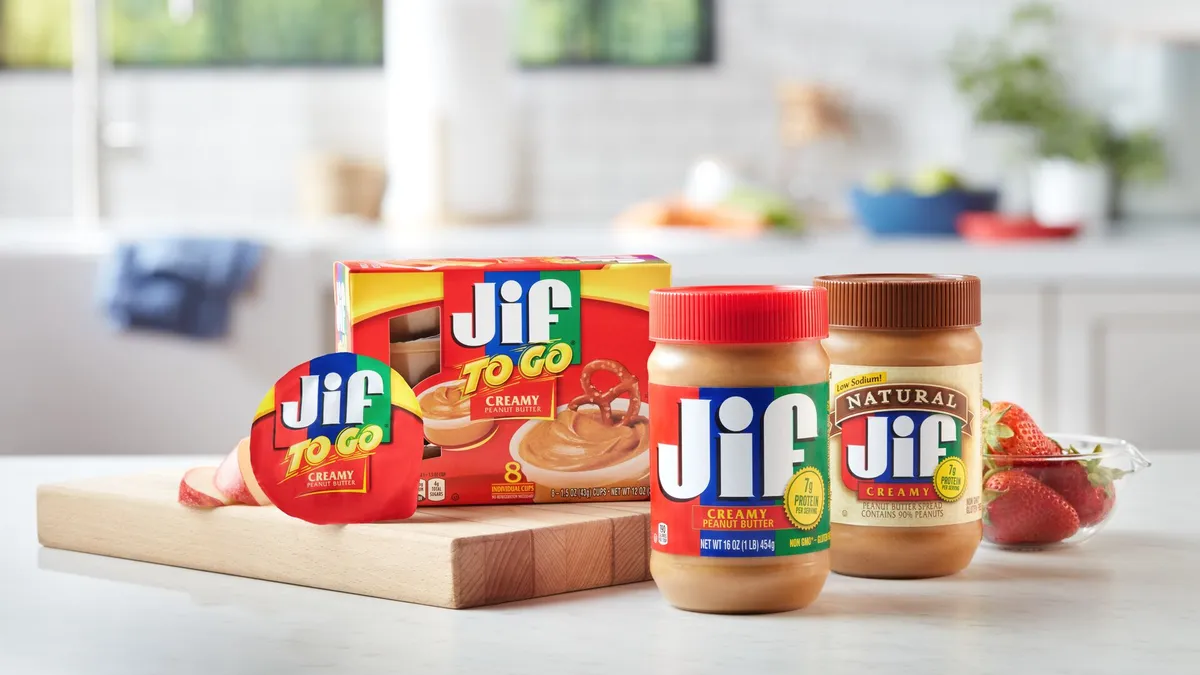The following is a guest post from Aaron Kechley, general manager of media and senior vice president of strategy at Inmar Intelligence. Opinions are the authors' own.
Aside from COVID-19, "retail media networks" is perhaps the phrase uttered most by grocery retailers in 2020. Amazon now claims one of the few growing ad businesses out there, and as the world's third-largest digital media seller, it's seriously challenging Google and Facebook's dominance, primarily because of its consumer purchase data. As an unexpected consequence, retailers with their own trove of purchase data are suddenly finding themselves in an enviable position in the battle over the $129 billion U.S. digital ad market.
Seeking to boost historically lean profit margins and more effectively compete with the likes of Amazon and Walmart, grocery chains, big box stores and mass merchandisers are all jumping on the retail media bandwagon and establishing their own networks. Earlier this year, Walmart announced a self-serve ad portal to allow marketers to buy sponsored product placements via an auction-based marketplace that also included in-housing its ad sales and analytics work. Now with accelerated e-commerce adoption and cash-rich balance sheets — thanks to pandemic-driven shifts in consumer behavior — mid- and long-tail retailers are working to play catch-up on the technology front and launch their own retail media offerings.
While the rise of retail media could be a boon for retailers and brands alike, it appears to be leading to the proliferation of many siloed single-retailer offerings. This could end up holding the industry back, and the fragmentation potentially unwinds the last decade of hard-won progress made by media buyers to consolidate buying through one or two transparent buying platforms (demand-side platforms, or DSPs). The driving motivation behind this trend was and remains the promise of increased ROI through automation, control and efficiency of media investments distributed across thousands of publishers.
So how does the retail media industry avoid fragmentation that makes buyers feel like they are stepping back in time? And how do buyers ensure retailers feel fairly compensated for the scarce data and media assets they possess?
Taking lessons from the past 10 years, retailers would be wise to align on standards that enable buyers to use automation technology and unify measurement and attribution. This is especially true for retailers that are not Walmart, as they may find their collective insistence on single-retailer offerings stymies overall demand for the retail media category.
At the same time, buyers must recognize that the power of offline retail purchase data is of vastly higher value than most of the data that powered the original programmatic revolution of the past 10 years; and the retailer's owned-and-operated media is equally valuable. Failure to fairly compensate retailers under a standardized model will leave them no choice but to opt out and go it alone, leaving the fragmentation problem for buyers to sort out as best they can.
Like many industries that came before, working together to grow the collective pie will likely reward all players handsomely and create more options and more value overall. On the other hand, if market participants see only a zero sum game between retailer and supplier, expect Amazon and Walmart to run away with the spoils.













